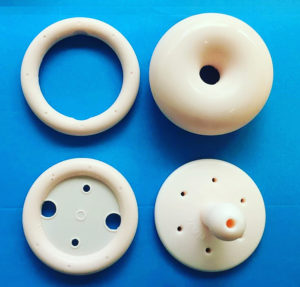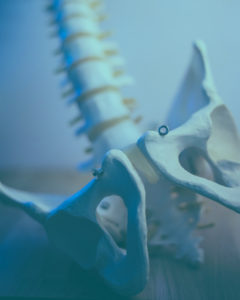
Hello to orgasms!
Every single person is different with what they prefer to achieve an orgasm. But in short an orgasm is an intense pleasurable feeling that occurs with sexual intercourse.
It is thought that orgasms come in 4 stages:
– Excitement or arousal
– Plateau
It is the stage that preludes an orgasm but is an extension of the excitement/arousal phase. In the excitement and the plateau phase, there are a few things that could happen:
- Blood flow increases and we can become flushed.
- Breasts swell and nipples become larger
- Blood flow to the perineal region increases causing the vagina and clitoris to swell
- The vaginal walls become lubricated. This allows for increasing contact with the penis.
- The clitoris becomes increasingly sensitive
- Muscles begin to spasm and tighten (feet hands and face) For males the blood flow helps with maintaining erections, scrotum tightens
- Our heart, blood pressure and breathing rate increases
- The portion of the brain that is responsible for our thoughts shut down. The part of the brain that is responsible for our feelings take over. Think about our animalistic instincts!
– Orgasm
As we climax, the pelvic floor (particularly around the vaginal and anal sphincter) is one of the structures that plays a part in this process by rhythmically quickly contracting. It contracts up to 8-12 times, 0.8 seconds apart.
For males the contractions result in the ejaculation of semen. For females the vaginal walls and uterus contracts.
– Resolution
Then our body releases all those beautiful, oh so good and happy hormones, giving us that intense, sexual pleasure feeling.
For some individuals upon entering the resolution phase, they can re-enter the orgasm phase to have multiple orgasms. The body then eventually returns its normal state. Resolution could also come with fatigue.
Orgasms are so so different between people. Both genders experience all phases, but the time spent in each phase, as well as the intensity will vary. They don’t have to be this big build up of pleasure, they can be small and repeated. Sometimes they don’t always happen either. The sensations that come with orgasms are different between each person and what gets us ticking is also very individual.
But it comes with experimenting and exploring with yourself and your partner. Communicating with each other is also important so you both understand what each other enjoys.
Did you know that the clitorus and the head of the penis contain many nerve endings (think in the thousands!) so they are going to be the most sensitive areas for getting us hot and heavy! Both are essentially the same sexual organ.
Anatomically the health of the pelvic floor can be an integral part to chasing that orgasm, regardless of if you are a male or female. As we age or for the female going through their life cycle with pregnancy and menopause, the pelvic floor changes in strength and function and orgasms can become less frequent.
The pelvic floor is made up of both fast twitch and slow twitch muscle fibres and as we age it is the fast twitch muscle fibres that we tend to lose first. As the orgasm requires quick rhythmic contractions we need those fast twitch fibres working.
There is help – this is where we come in as pelvic floor physiotherapists. We can give you a program to get those fast twitch fibres into gear, but also ensure that you have an exercise routine you are comfortable with to get that blood pumping to the perineal region. So say hello once again to orgasms!
Related Articles

Endometriosis. What can be done?
Pregnancy related pelvic pain and everything starts to get a little bit too much

Prolapse and Pessaries
Pregnancy related pelvic pain and everything starts to get a little bit too much

I have a prolapse, now what?
Pregnancy related pelvic pain and everything starts to get a little bit too much